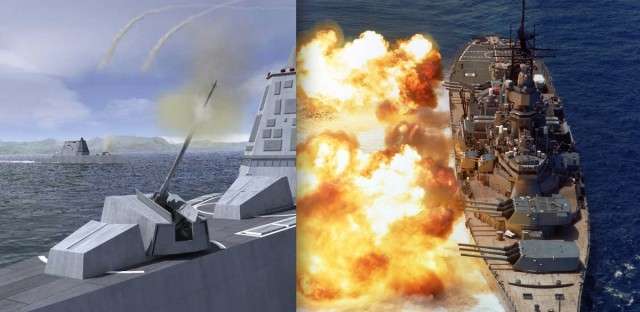
Gears of war: When mechanical analog computers ruled the waves
From the archives: In some ways, new Navy computers fall short of the power of 1930s tech. …

reader comments
53 with 37 posters participating
The USS Zumwalt, the latest destroyer now undergoing acceptance trials, comes with a new type of naval artillery: the Advanced Gun System (AGS). The automated AGS can fire 10 rocket-assisted, precision-guided projectiles per minute at targets over 100 miles away.
Those projectiles use GPS and inertial guidance to improve the gun’s accuracy to a 50 meter (164 feet) circle of probable error—meaning that half of its GPS-guided shells will fall within that distance from the target. But take away the fancy GPS shells, and the AGS and its digital fire control system are no more accurate than mechanical analog technology that is nearly a century old.
We’re talking about electro-mechanical analog fire control computers like the Ford Instruments Mark 1A Fire Control Computer and Mark 8 Rangekeeper. These machines solved 20-plus variable calculus problems in real-time, constantly, long before digital computers got their sea legs. They were still in use when I served aboard the USS Iowa
Continue reading – Article source




